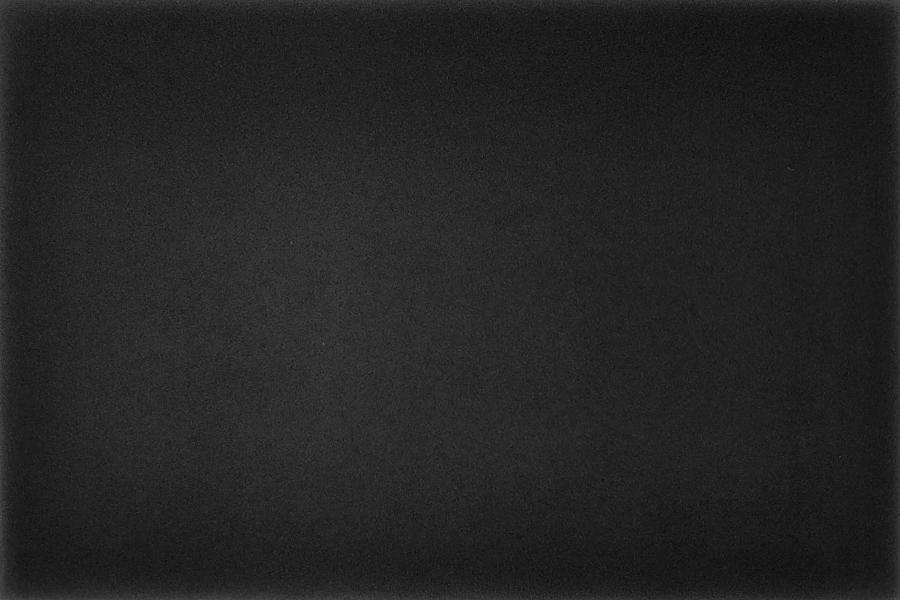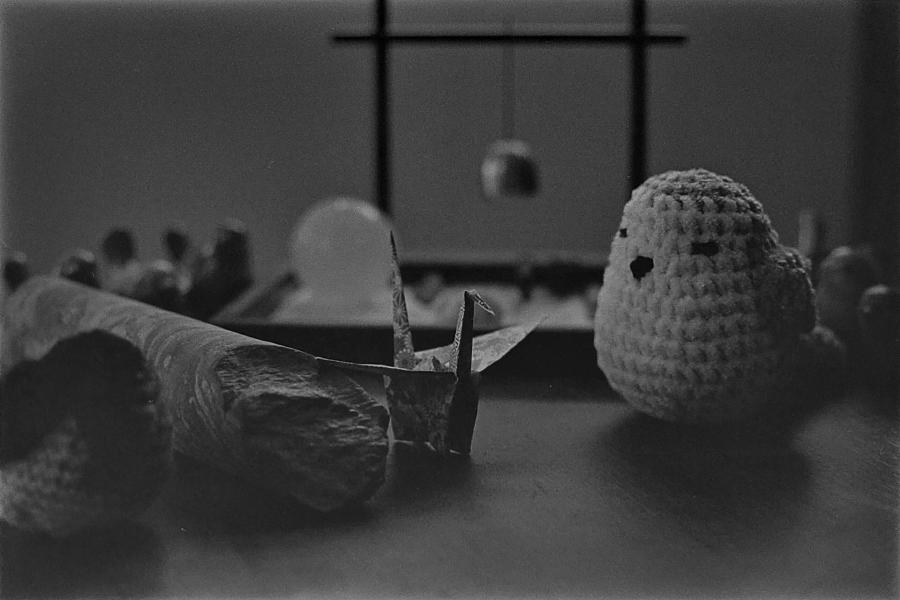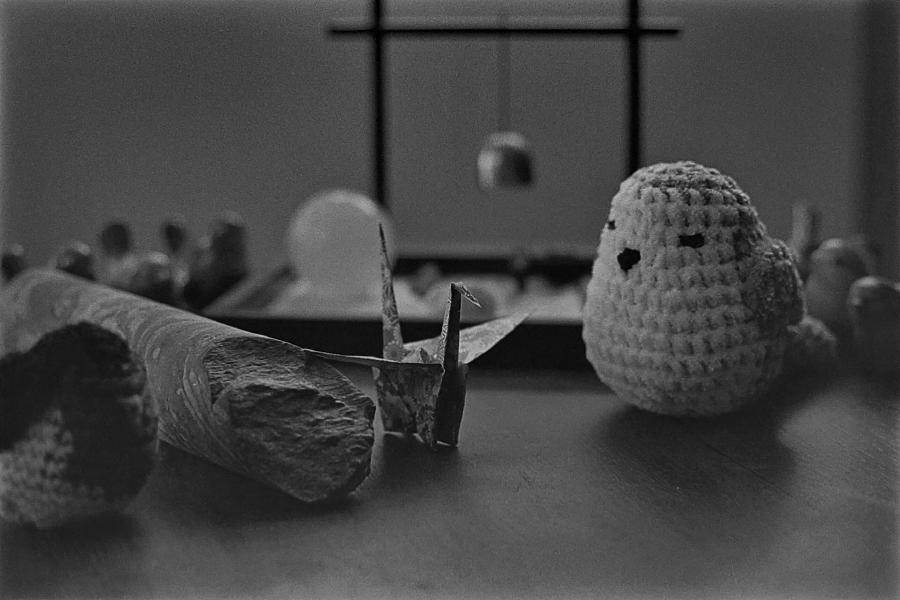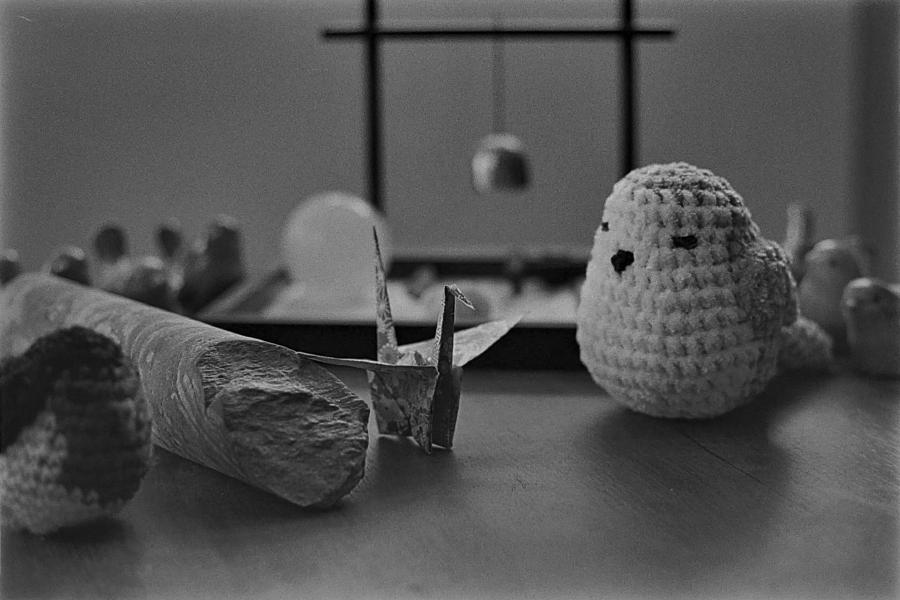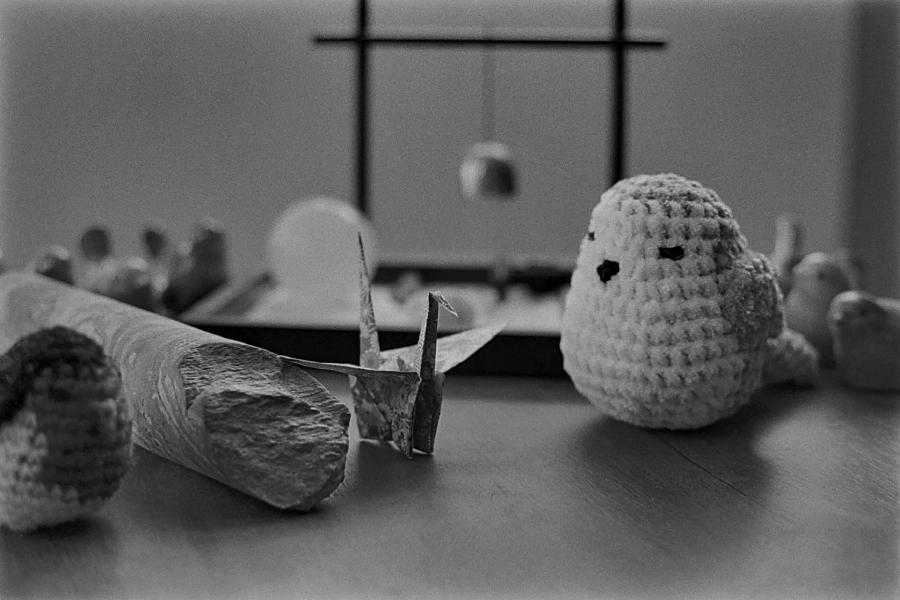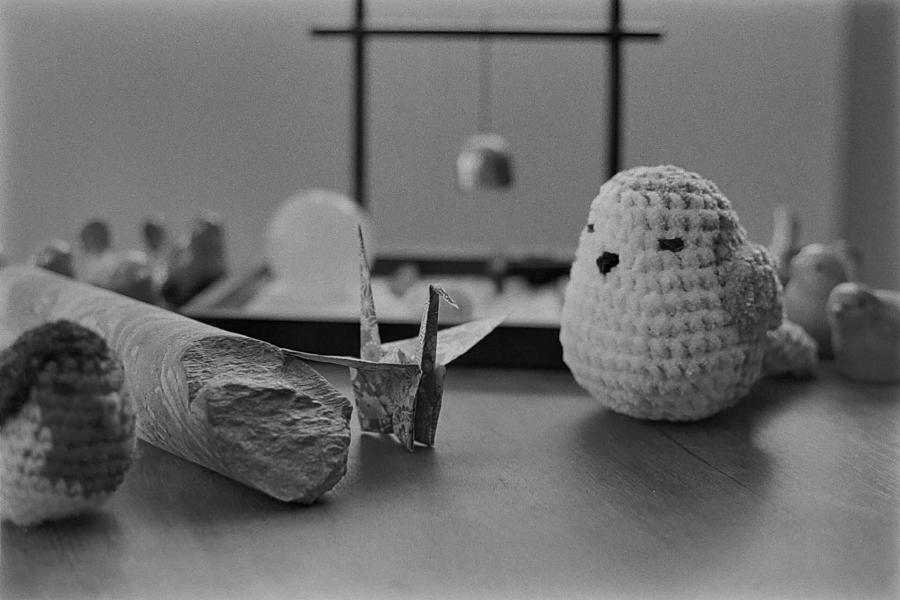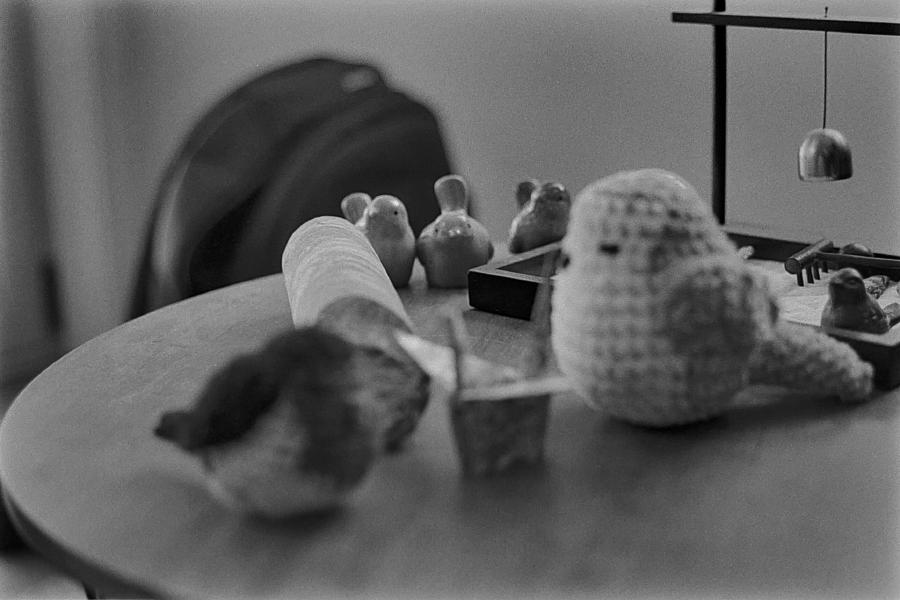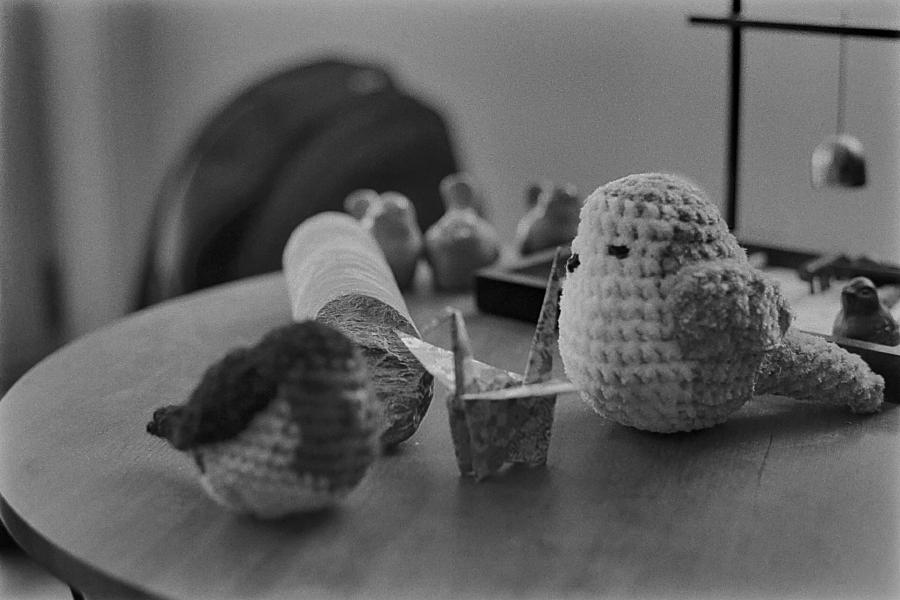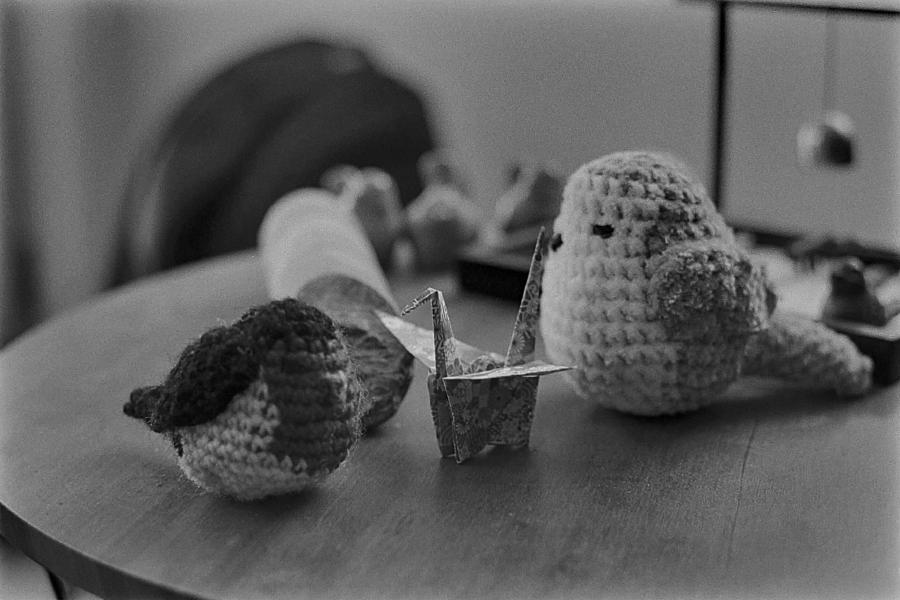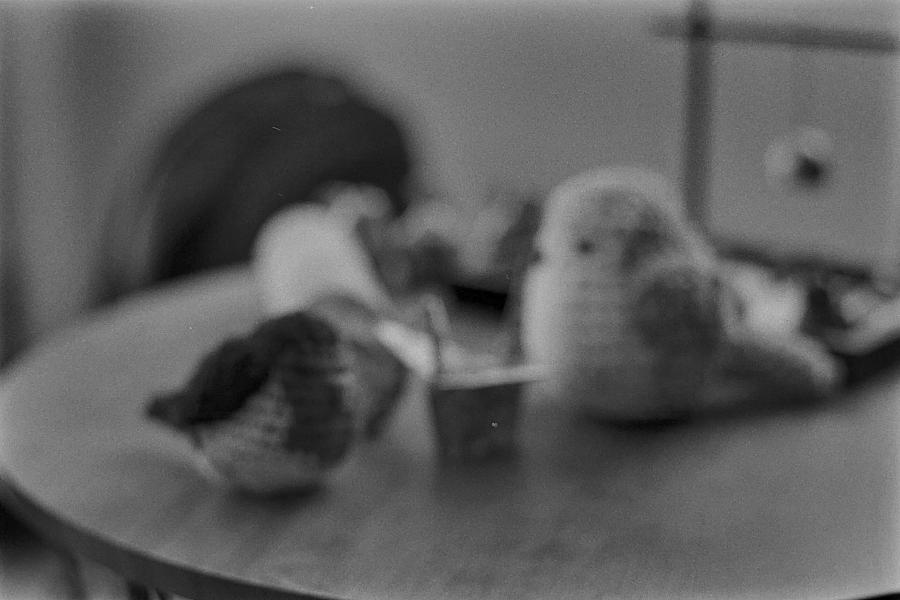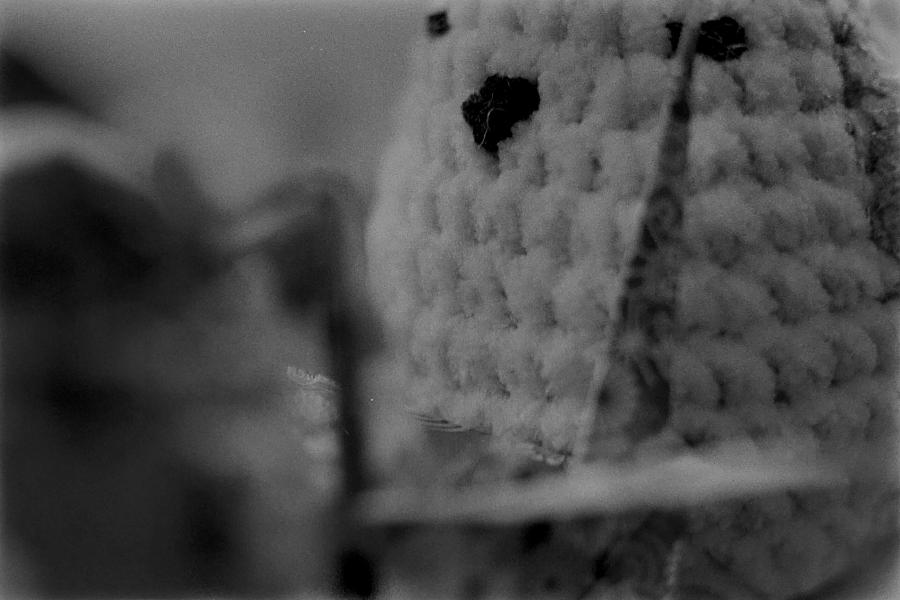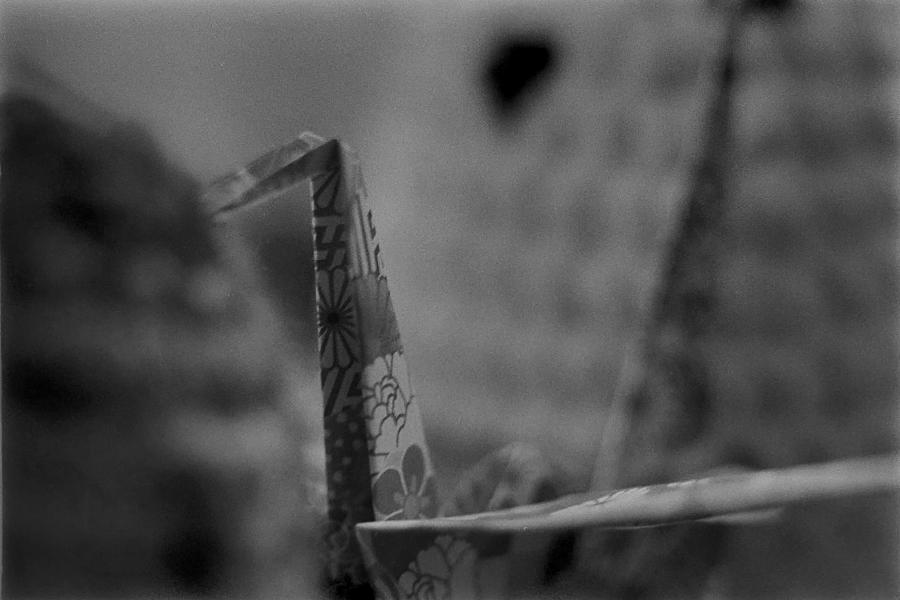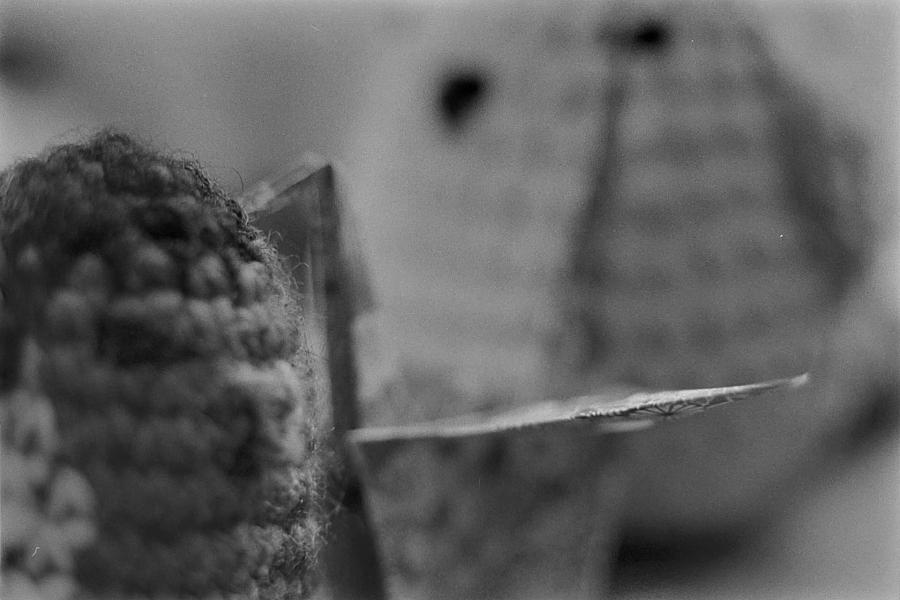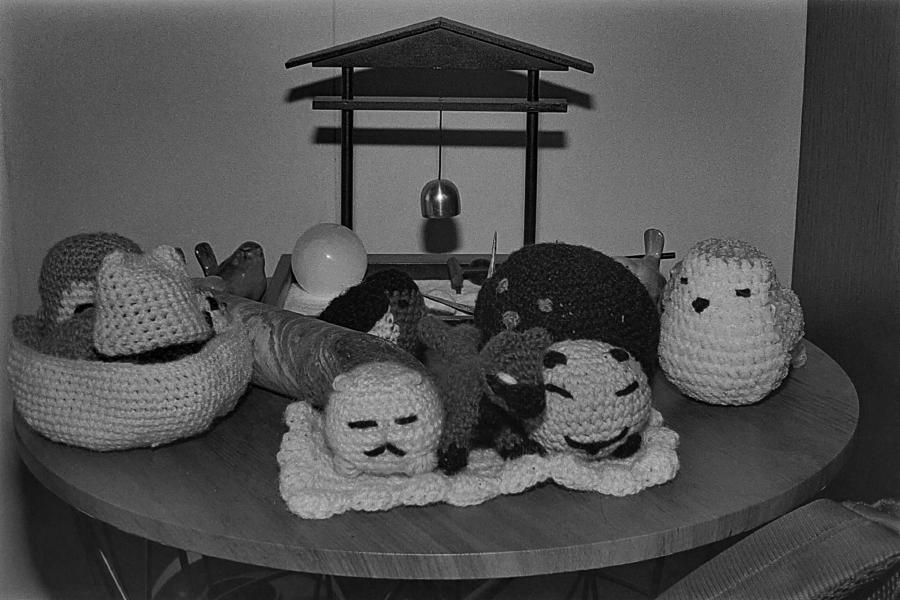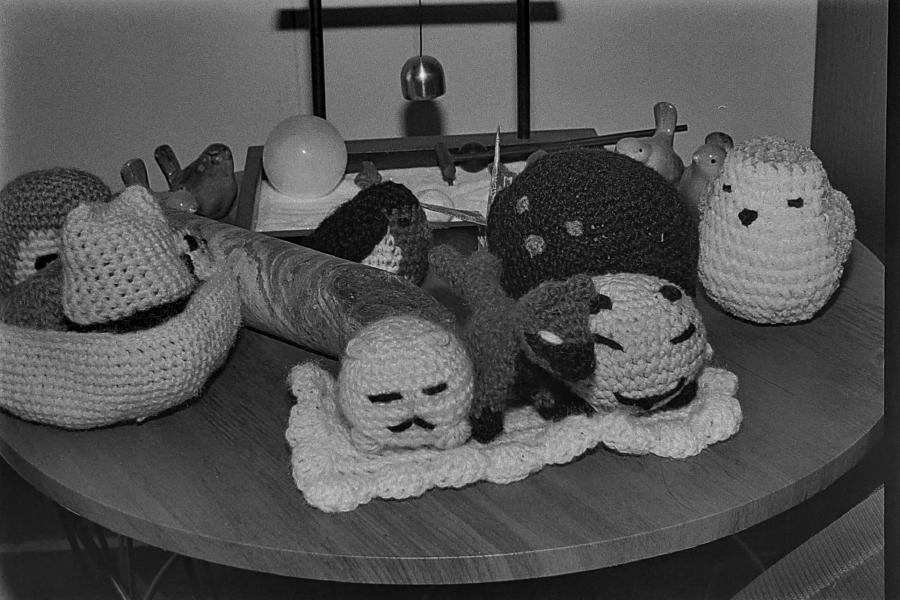Camera: Pentax K2
Lenses:
Film: Ilford HP5+
Post Processing: GIMP
A New Camera
As mentioned previously, I have been on the look out for a new camera. Specifically, something old, Pentax K-Mount, and largely mechanical. In that previous post, I narrowed my options to the Pentax MX, KX, and K1000 (although the last option would have required a fantastic deal to sway me). I have since found one such fantastic deal online, but not for any of the above cameras.
The Pentax K2 was released in 1975, and was the flagship of the original K-series (including the KX and KM). The K2 has a shutter ranging from 1/1000s through 8s (including bulb), an automatic exposure setting, depth of field preview button, mirror lock up, an X flash sync of 1/125s, shutter lock, self-timer, exposure compensation from 1/4x to 4x. the list goes on. Frankly, it is impressive for a 1975 camera! Furthermore, I found this for a stellar 200 NZD. A true bargain, considering other (local) sellers are asking closer to 500NZD or more. The only downside of my specific body is the slightly dodgy electronics, which is to be expected for a camera that is now 50 years old. Intermittently the light meter and electronic shutter options will malfunction, but a decent pressure on the battery cover fixes this.
When I started shooting with the Ricoh KR-10 Super, I had no idea what to watch out for in terms of camera body specific quirks. For example, long time readers will know I struggled for several rolls to focus my macro shots correctly with the Ricoh as the focal planes through the view finder and film were different. To combat this (and just to ensure the camera worked with film at all!) I ran a short 24 shot roll of HP5+ through the K2.
Light Leaks
Light Meter and Exposure
Here’s the same scene taken at a range of shutter speeds. I was looking to see if the internal light meter of the camera was operating correctly. If not, this test will tell me if I need to manually compensate some number of stops.
I think from this I can say the light meter is working as expected, although erring on the side of +1 stop is not a bad idea. However ,that’s usually the rule of thumb for film, anyway!
Focal Plane
Here’s a test inspired by the problem I had with the Ricoh mentioned above. I wanted to be sure that what I was focusing on in the viewfinder was indeed what was focused on the film. This is the same scene at a macro distance, changing the focal plane from behind to in front of the subject. I am taking the “subject” of the composition to be the head of the paper crane.
Pretty good! It seems that focusing in the viewfinder and on the film is equivalent, so that’s excellent to see. I did some further tests using a focus at infinity, which turned out well, but I am not posting these as they happen to contain my neighbors’ flats. Oops! In my defense, the curtains were all closed…
Focal Plane — Macro Extension Tube
The focal plane issues of the Ricoh were exacerbated by extreme macro shots, such as using the macro extension tubes. These shots, like the above section, focus before and after the subject (the crane again) to gauge the difference between the viewfinder and film planes.
Great success! It really does seem the alignment of the two focal planes is much better in the K2 than in the KR-10 Super (at least, for the specific bodies I have).
Flash Photography
I also picked up an old flash unit (hot shoe mounted) that I wanted to try out, and I had some spare frames to work with. Remembering that the X sync speed for the K2 is 1/125s we have:
Nice! These were taken in a dark room with the lights off. Photography in such an environment (indoors, in the dark) would normally be impossible, but this was handheld and everything! Another nice addition to my kit.
Final Thoughts
I’m overjoyed with this camera, and I can’t wait to lug it about and take some shots with it. It’s lovely in the hand and very satisfying to use. The little quirks (like the ISO selector being on the front of the camera around the lens mount) don’t bother me at all. Overall, very happy with this!
